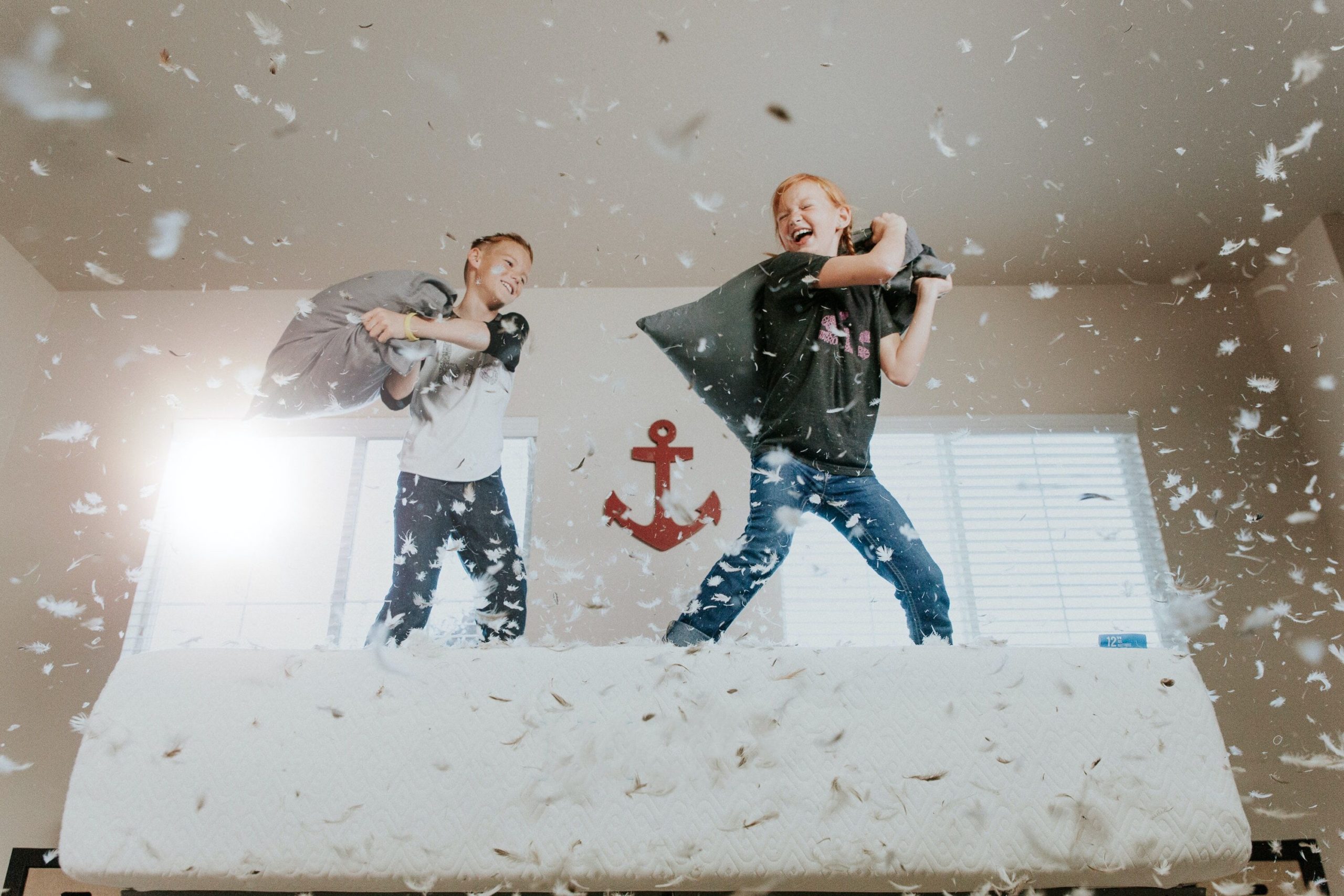Talk to anyone about fashion and the conversation will often stray into issues around sustainability, ethics and environmental pollution. Because of modern fast fashion practices, the wider fashion industry is often credited with the honour of being the second most polluting industry after oil and gas.
Independent Retails vs Fast Fashion
But is this fair? A made-to-order independent designer sourcing materials from the local region is not likely to have the same negative impact as a multinational manufacturer producing 1000s of low-quality garments.
So realistically, when considering the damaging impact of fashion we need to be mindful that different marketing approaches, selling, production and sales result in differing levels of environmental impact.
The Shopper’s Mindset
Likewise, these different approaches create a different response in shoppers. Consumers shopping with the local artisan designer are unlikely to order one garment in four sizes to try at home. But that’s exactly what they will do when shopping with Shein, Asos, Boohoo and other major fast-fashion retailers.
Bracketing
For those not yet in the know, the practice of shopping like this is called ‘bracketing’, an industry term for a new phenomenon whereby shoppers vastly overshop sizes and styles so they can try on at home and return unwanted goods.
While convenient for the home shopper, this practice creates unprecedented levels of retail waste, logistical costs and carbon. Worst of all, according to research by Mckinsey an estimated 10% of all returns end up in landfills.
So who are these consumers who are generating so much waste? Well – it’s pretty much everyone. According to a 2020 survey, 62% of consumers admitted to bracketing some of their online purchases, up from 40% just three years earlier.
Sadly, bracketing is now normalised shopping behaviour associated with the quick-fix, next-day delivery and free returns culture promoted in fast fashion. In essence, fast fashion has changed the culture around shopping and sadly society has been slow to recognise the impact.
The Social Media Try-On Haul
Perhaps more concerning are some trends on social media which have created a subset of shoppers who buy fast clothing hauls simply to create online looks. These orders are frequently returned in full causing irreparable harm to the retailer and yet even more waste destined for landfills. With the explosion of Tik-Tok, try-on hauls are only becoming more normalised and retailers are bracing themselves for more returns and more refunds.
This was undoubtedly behind a recent move to reintroduce a modest returns fee at Boohoo, Next, Zara and Uniqlo. The introduction of a fee to return will discourage some shoppers from bracketing but other options should be considered.
What are the Solutions?
So what else can be done to discourage bracketing? Number one is for brands to introduce better product descriptions, fabric composition, sizing information and images.
The rapid need to upload new stock items and have them selling has led to a decline in quality information. Shoppers might start with the image but ultimately look to see if it’s a good match by reading the information. When this is inadequate the reality is many just hit purchase safely in the knowledge they can send it back if it doesn’t fit.
Better quality information can flag these potential objections before anyone has to lift a finger to send out a garment that is destined to be rejected.
Other options include virtual dressing rooms. Augmented reality technology used in Snapchat filters can now be used to project an outfit onto a wearer. While not perfect, and unlikely to solve fit issues, it does offer consumers an opportunity to see if the silhouette, colours or style are to their liking.
Then of course there’s customisation where returns are prohibited except in the case of faults. Consumers looking to buy a denim jacket with custom embroidered text will think carefully about ordering, knowing they can’t casually return something custom-finished, especially for them. Brands offering customisation also create a better connection between the customer and the garment leading to a desire to keep it for longer, further reducing waste and global impact. The power of customisation really can’t be overstated.
Lastly, some brands are capitalising on technology built into smartphones. Today’s mobile phone cameras are capable of capturing images that trained algorithms can use to calculate accurate body measurements and personalised sizing recommendations. Given bracketing started as a solution to shoppers not feeling confident about receiving the right-sized garment, mobile body-scanning solutions such as Sizer, are likely to have a worthwhile impact on the retailers who adopt it.
Start a Conversation with the Consumer
Education has to be key to discouraging bracketing, reducing returns and reducing fast fashion’s negative environmental impact. Consumers made aware of the consequences are likely to think twice before they buy. Brands should take steps to discourage the practice, but should also consider using their social channels and newsletters to promote conversation and flag how try-on hauls might seem like frivolous fun, but in reality, do irreparable harm to the planet.
Never Miss Out
Sign up to receive our latest news and insights

Thank you!
we’ll keep you updated




